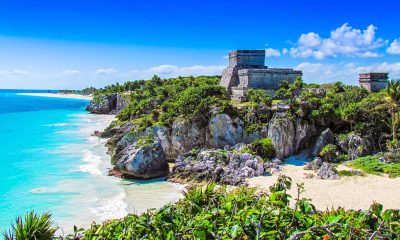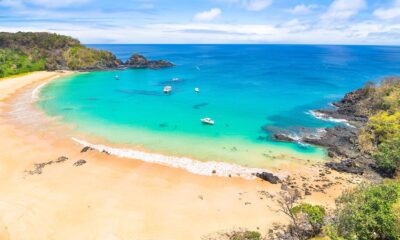Travel
Top 12 Attractions And Best Activities To Do In Madagascar

Madagascar is one of the most unique places on Earth. It is a land with many different faces—golden shores, lush mountains, jagged limestone karsts, and plunging, arid canyons. The species in these diverse ecosystems is 90% unique to Earth. Madagascar has beaches and rainforests for everyone. Antananarivo, the capital, blends history, culture, and great cuisine.
Madagascar is famous for its giant baobab trees and approximately 100 lemur types and subspecies. Madagascar’s Tuléar reef, the world’s third-largest coral reef system, makes it a popular African scuba diving destination.
July through September is the best time to visit Île Sainte-Marie and Andasibe-Mantadia National Park on the east coast. June–September is wonderful for scuba diving on Nosy Be’s northwest coast, while October–December is whale shark season. The Central Highlands (Antananarivo and Ranomafana National Park) have excellent temperatures and fewer tourists than in peak season.
Read on to discover the best things to do in Madagascar.
1. Look for Lemurs
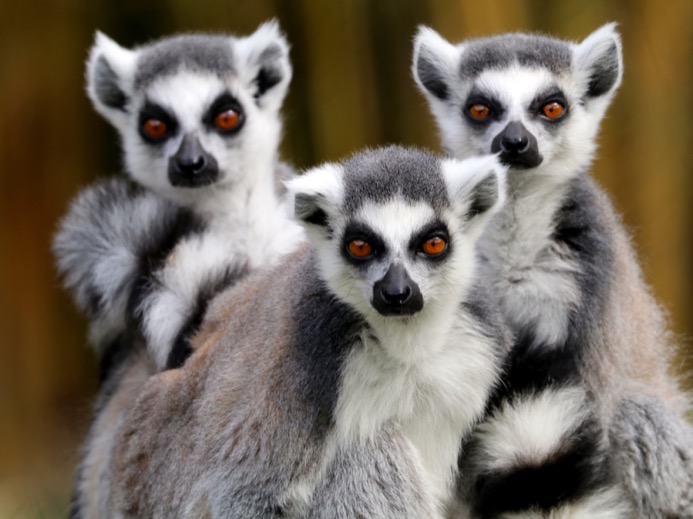
Lemurs are Madagascar’s most famous oddities. The island has almost 100 endemic lemur species and subspecies. The small pygmy mouse lemur to the stately, monochromatic indri are captivating primates. Visit one of Madagascar’s numerous national parks to see lemurs. Ranomafana National Park has 12 species, including the critically endangered golden bamboo lemur, while Andasibe-Mantadia National Park has many indri. Tenrecs, civets, and the cat-like fossa are among island endemics to look for in the parks.
2. Marvel at Baobabs
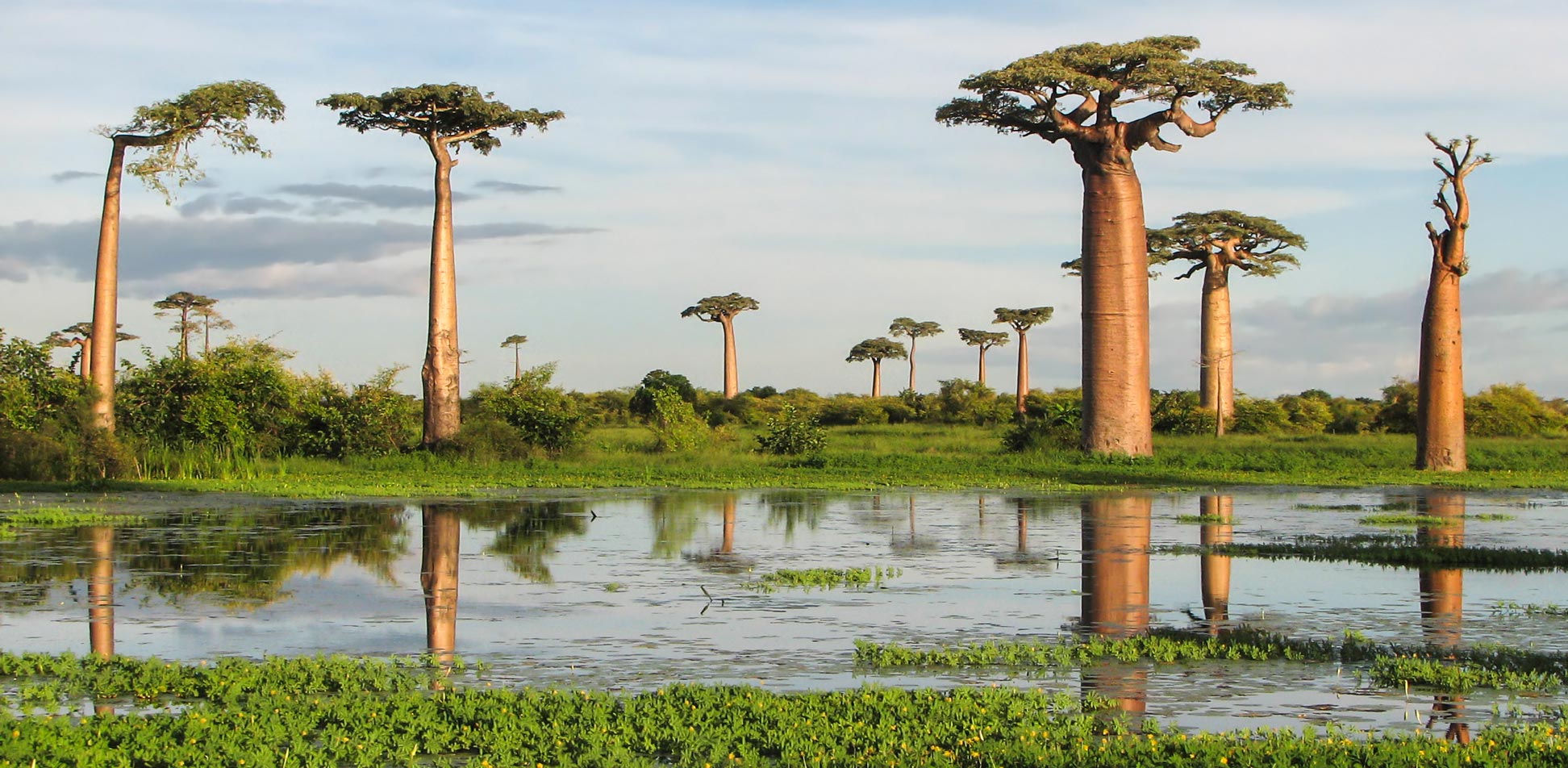
African folklore centers around baobab trees. These odd trees are called the “Tree of Life” because Indigenous people relied on them for survival. The largest species is 14 meters (46 feet) in diameter. Madagascar has six endemic baobabs. The Avenue of the Baobabs is the most famous baobab-worshipping spot on the island. 25 trees line the Morondava-Belon’i Tsiribihina unpaved route in western Madagascar’s Menabe region. Many trees exceed 30 meters (100 feet).
3. Explore Antananarivo
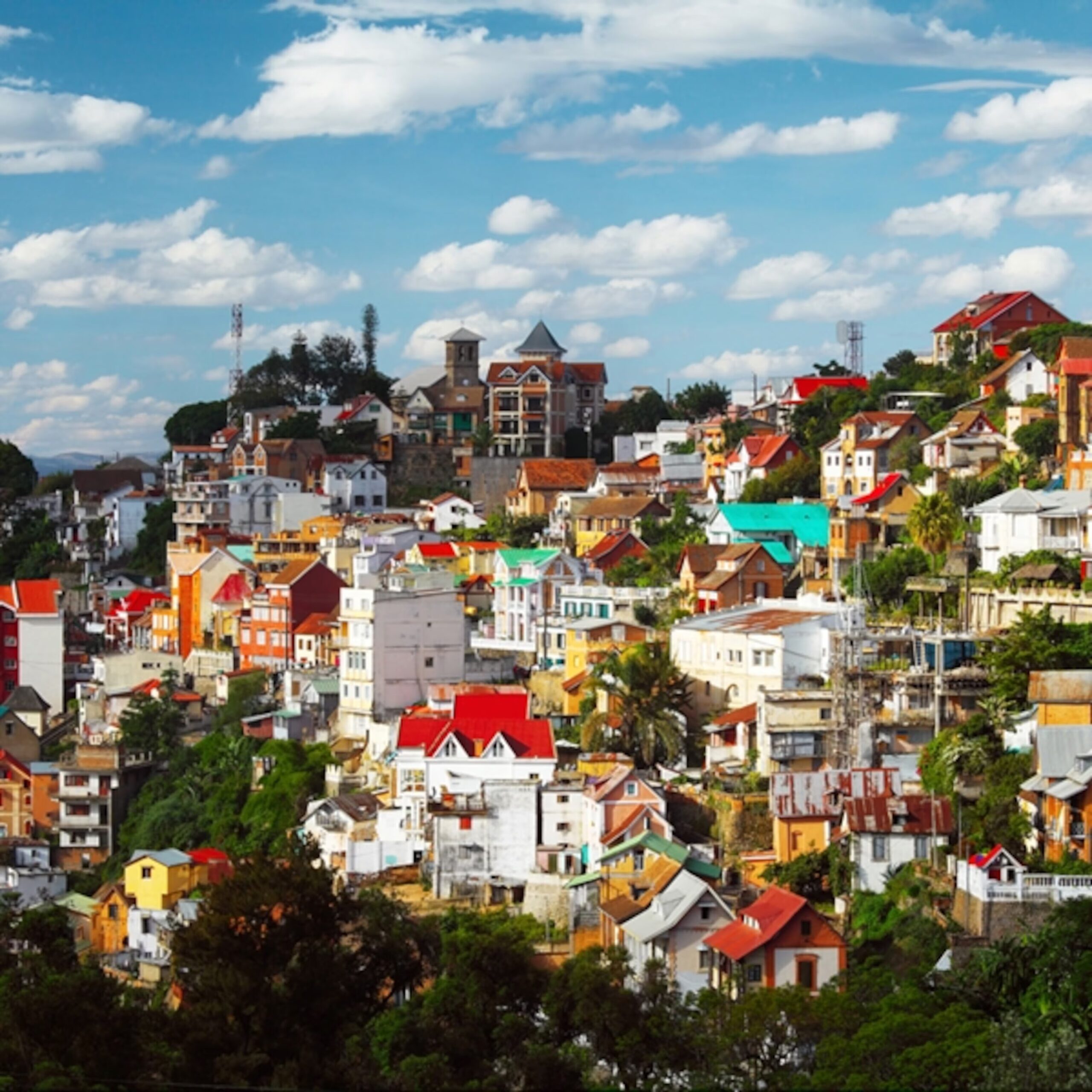 The Malagasy capital is rich in history, founded by the Merina ruler in the 17th century. In the 19th and 20th centuries, French colonialists made Antananarivo their capital, and today it is the island’s political and economic hub. Tana offers many adventures. Visit old Haute-Ville for stunning architecture. Enjoy Analakely Market’s open-air food stalls or the city’s art galleries and museums. Tana is famed for its culinary culture, whether you want to try street food or sophisticated French cuisine in internationally acclaimed restaurants.
The Malagasy capital is rich in history, founded by the Merina ruler in the 17th century. In the 19th and 20th centuries, French colonialists made Antananarivo their capital, and today it is the island’s political and economic hub. Tana offers many adventures. Visit old Haute-Ville for stunning architecture. Enjoy Analakely Market’s open-air food stalls or the city’s art galleries and museums. Tana is famed for its culinary culture, whether you want to try street food or sophisticated French cuisine in internationally acclaimed restaurants.
4. Swim with Whale Sharks
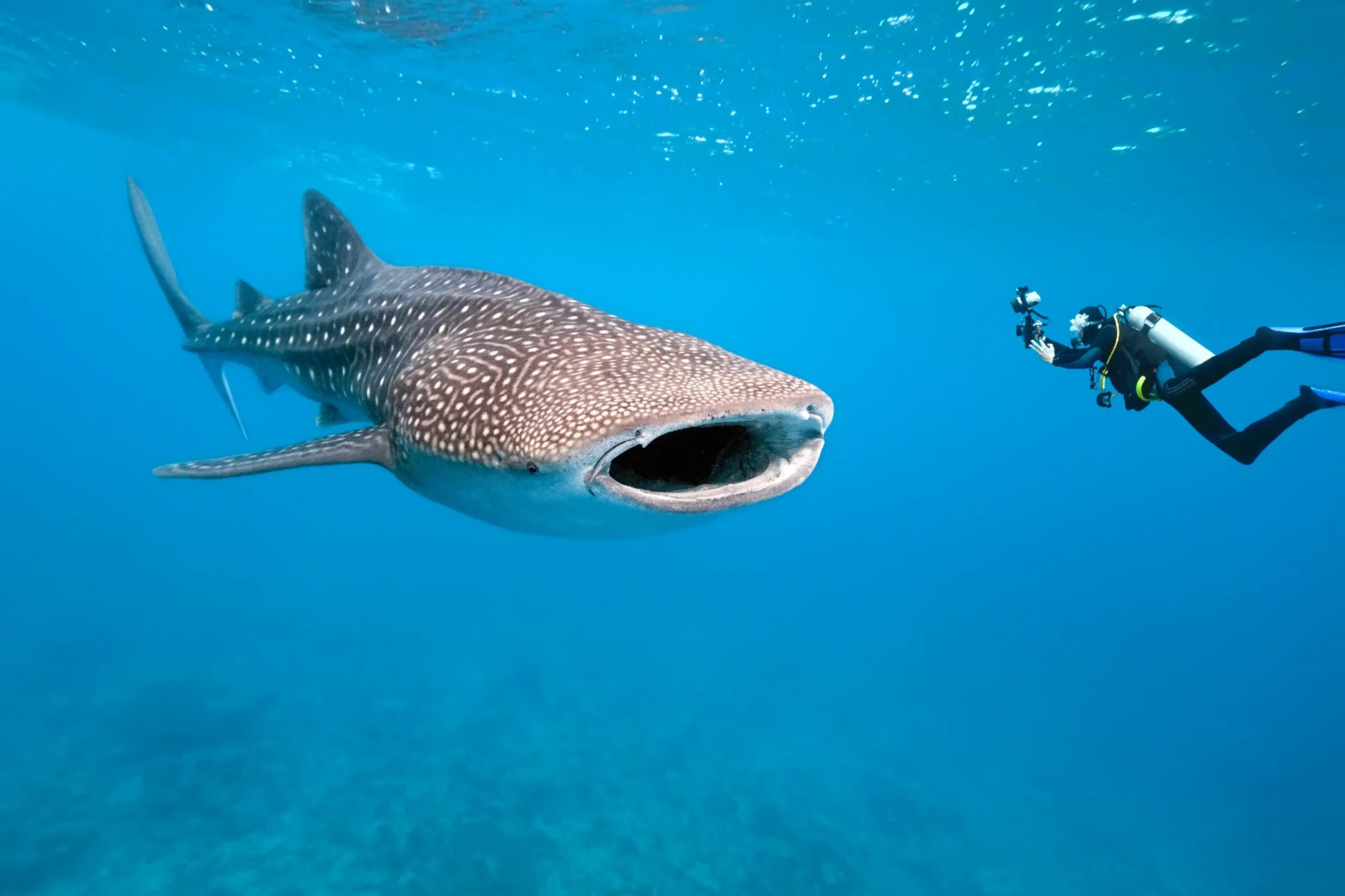
The world’s biggest fish is unforgettable. Off Nosy Be in northwest Madagascar, visitors can do that from September to December. These massive fish graze on blooming plankton and can be seen from the surface. Whale sharks are calm and harmless despite their massive size (9.5 meters/31 feet). Baleines Rand’eau offers whale shark snorkeling trips with a 95% success rate in season. While searching for sharks in Madagascar, check for turtles, manta rays, and dolphins.
5. Sample Local Cuisine
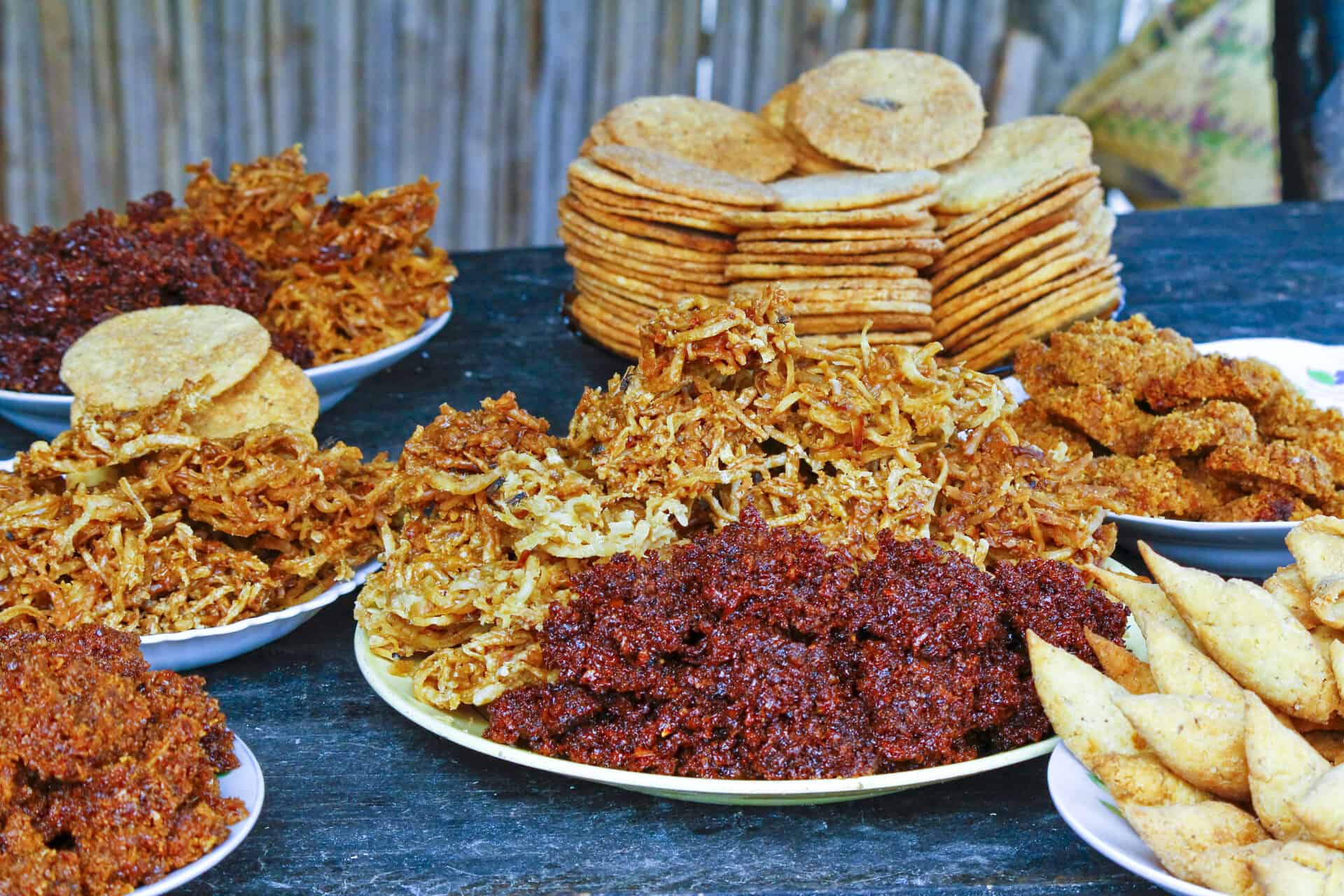
Wherever your adventures take you, make sure to sample the local cuisine. Meat or seafood with veggies and rice are typical Malagasy recipes. Though mildly spiced, the cuisine is tasty. Koba, a popular street meal, is banana, peanut, and rice paste wrapped in a banana leaf. In Morondava, kabaro (curried lima beans and coconut) is a favorite, whereas Romazava is beef stew. Fresh fish dominates coastal menus. Drink Three Horses Beer (THB) or ranonapango (ranovola) with your dinner. The latter is made from burnt rice water and may be an acquired taste.
6. Sign Up for Scuba Diving
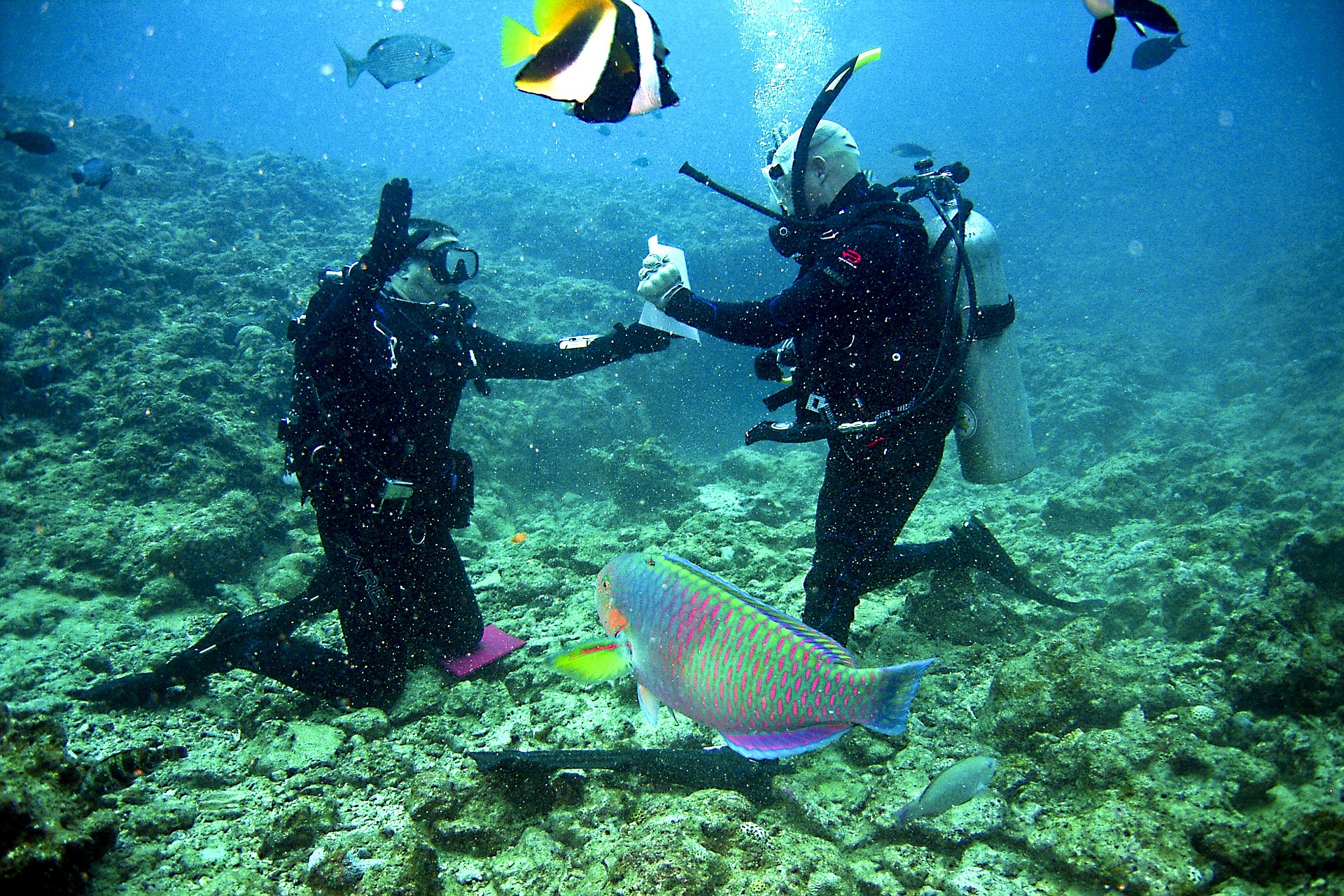
Madagascar offers amazing scuba diving for beginners and experts alike. There are 4,800 kilometers (3,000 miles) of shoreline. The Tuléar reef, the world’s third biggest coral reef, is in Madagascar’s southwest.1 Over 6,000 marine species, many unique to Madagascar, live there. Diving liveaboards can be chartered in the north, whereas Nosy Be is the most popular diving spot. Visibility and water temps are great year-round. Whales, dolphins, sharks, and manta rays are bucket-list animals.
7. Spot Endemic Birds
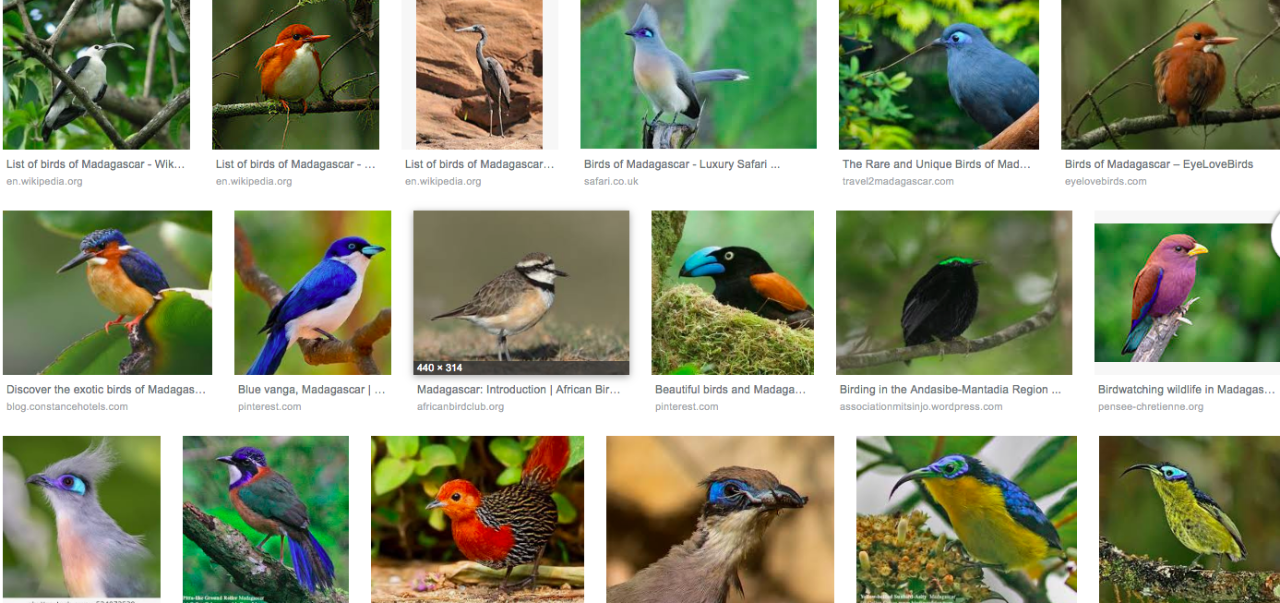
There are approximately 280 bird species in Madagascar. The world’s fourth-largest island’s strong endemism makes it a top birding destination. The eastern rainforest, southern spiny bush, and western deciduous woodlands are home to more than 100 indigenous bird species. Ranomafana National Park has the short-legged ground roller and yellow-bellied sunbird-asity. Birding is best in late spring or early summer (August–December), when birds are most active and in their best breeding plumage.
8. Go Whale Watching
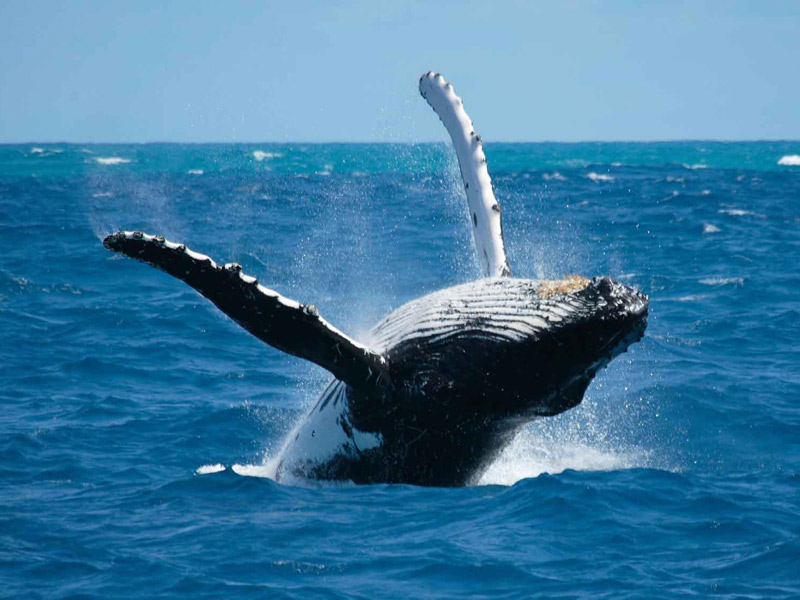
Visit Île Sainte-Marie in northeast Madagascar between July and September to see the humpback whale migration. This idyllic island, known as Nosy Boraha, hosts hundreds of humpbacks from the Southern Ocean. They use their winter vacation in the Indian Ocean to mate, give birth, then return to Antarctica. Humpback whales, the most acrobatic whale species, breach, spy-hop, and slap their massive pectorals on Île Sainte-Marie whale-watching tours.
9. Visit the Stone Forests
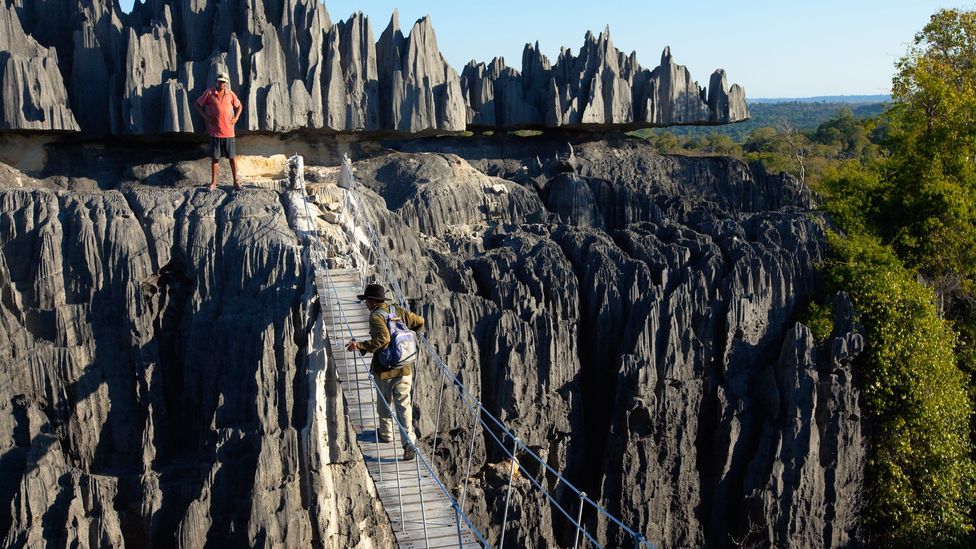
The limestone karsts of northeastern Tsingy de Bemaraha National Park among Madagascar’s most stunning alien environments. The limestone seabed rose 200 million years ago, forming a large plateau. The plateau deteriorated into a dense “forest” of jagged limestone needles, gorges, waterfalls, and virtually impenetrable foliage. Tsingy has 11 lemur species, some of which are uniquely found here, and prehistoric badlands landscape. Endemic reptiles, birds, and plants abound.
10. Get Lost in Isalo National Park
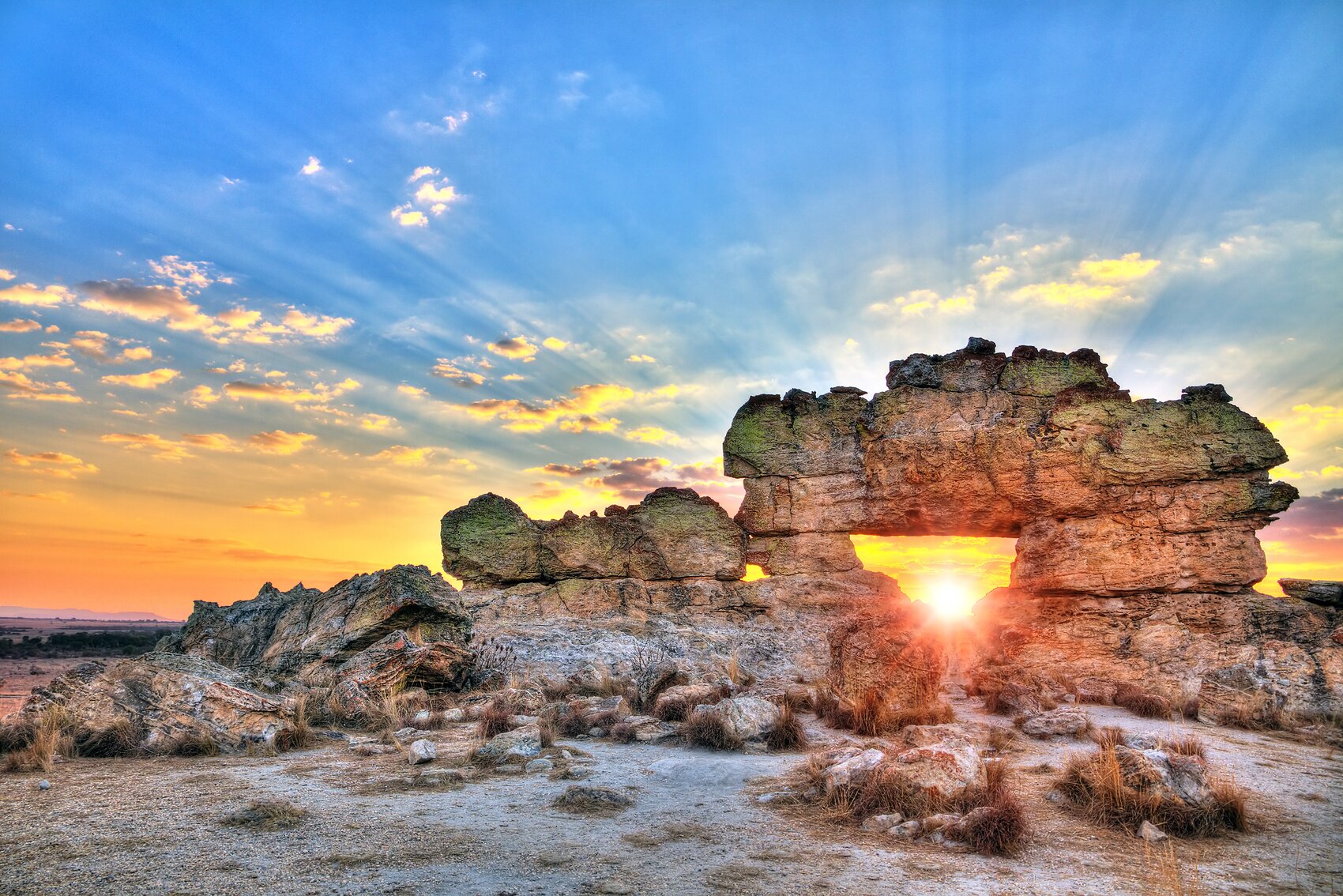
Nature lovers adore Isalo National Park’s 190,000 acres. Pandanus woods, natural swimming holes, and stunning geologic structures such plateaus, gorges, canyons, and pinnacles are here. Wildlife will enjoy: The park has 14 lemur species, 80 bird species, and reptiles and amphibians such the Malagasy rainbow frog and Madagascar boa. Hikers choose the Piscine Naturelle Trail in the park. To explore the park, you must hire a local guide at the park office in Ranohira or on a Madagascar trip.
11. Spot Wildlife in Lokobe Nature Special Reserve
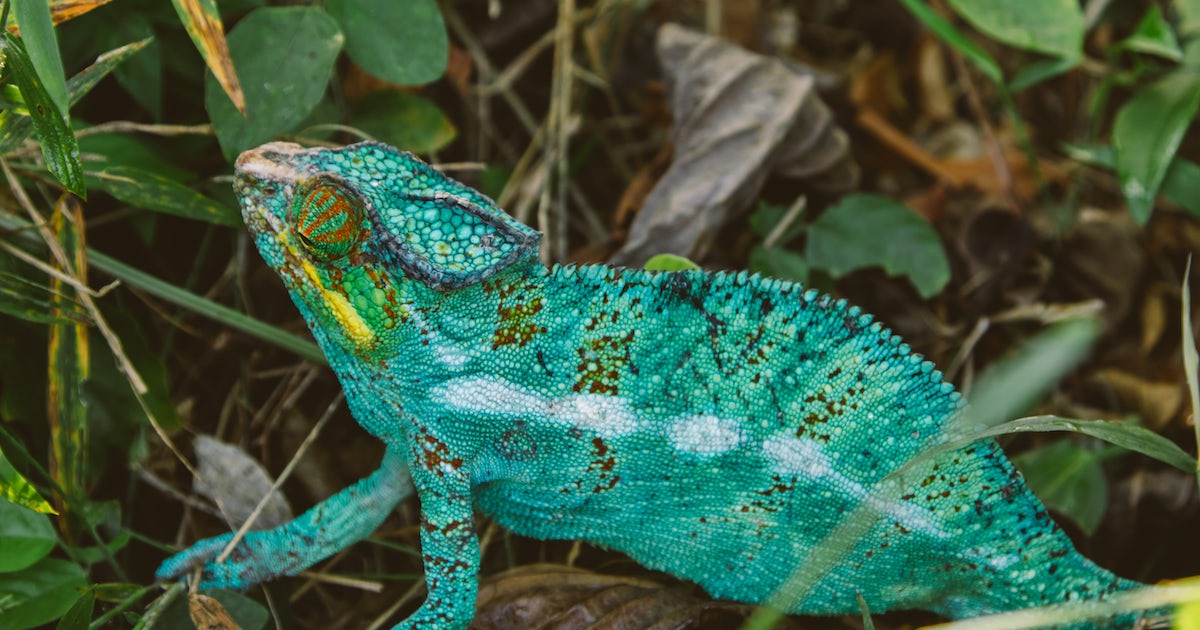
Lokobe Nature Special Reserve in Nosy Be is Madagascar’s last lowland rainforest and a must-see for wildlife enthusiasts. Nocturnal mouse lemurs, Madagascar long-eared owls, leaf-tailed geckos, and Nosy Be panther chameleons inhabit the island. Be on the watch for the endangered black lemur, whose females are rust-colored with white hair tufts. For convenience, schedule a group tour to row a pirogue, a traditional dugout canoe, to shore.
12. Discover Pristine Beaches
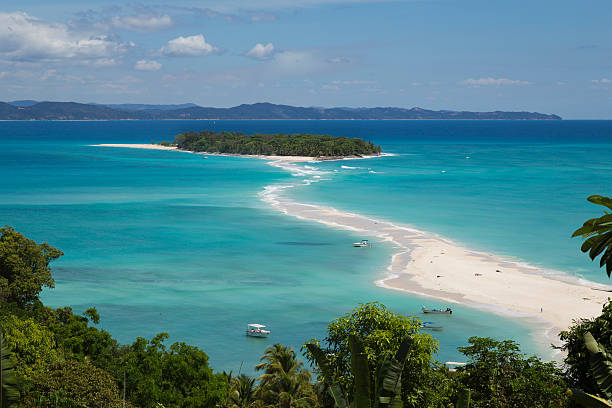
Madagascar is one of the most gorgeous Indian Ocean islands with white sand, palms, and blue waters. Northwest islands have the nicest beaches. With its isolated sandy beaches and clear waters, little Tsarabanjina resembles Robinson Crusoe. Private beach cottages are available on the boat-only island. On the east coast, Île aux Nattes is a tropical paradise with many accommodations and activities, while adjacent Nosy Iranja is a turtle nesting beach. Surfing and kite surfing are consistent in Anakao’s southern beaches on the mainland.

